The Small Modular Reactor consortium, which includes BAM and Laing O’Rouke, is presently in talks to raise £300m to proceed with plans after finalising the design concept for assessment by regulators later this year.
It aims to complete its first £2.2bn mini-nuclear plant in the early 2030s and build up to 10 by 2035, by then reducing the cost of each plant to £1.8bn.
The refreshed design features a faceted roof, earth embankment surrounding the power station and a more compact building footprint, thanks to successes optimising the use of floor space.
Each power station can supply enough reliable low carbon power for around one million homes, or be used to power net zero hydrogen and synthetic aviation fuel manufacturing facilities, desalination plants or energy intensive industrial sites.
Tom Samson, chief executive officer of the UK SMR consortium, said: “Nuclear power must be affordable, reliable and investable and the way we manufacture and assemble our power station brings down its cost to be comparable with offshore wind at around £50 per megawatt-hour.
“As we reach the end of our first phase, I’m proud that our team has designed a product that can be commoditised to provide the scale required to be a key part of the world’s decarbonisation efforts.
“We are ready to go and hope to be first in line to start the rigorous Generic Design Assessment process in the Autumn of this year.”
The design, which will be finalised at the end of the regulatory assessment process, proposes that all used fuel will be stored on each site for the 60-year lifetime of the plant.
The power station’s design cuts costs by using standard nuclear energy technology used in 400 reactors around the world, so no prototyping is required.
The components for the power station will be manufactured in modules in factories, before being transported to existing nuclear sites for rapid assembly inside a weatherproof canopy.
The whole sequence secures efficiency savings by using streamlined and standardised processes for manufacturing and assembly, with 90% of activities carried out in factory conditions.
All spoil excavated will be reused on site to build the earth embankment, removing the need for it to be taken off site.
The consortium members feature the best of nuclear engineering, construction and infrastructure expertise in Assystem, Atkins, BAM Nuttall, Jacobs, Laing O’Rourke, National Nuclear Laboratory, Nuclear Advanced Manufacturing Research Centre, Rolls-Royce and TWI.







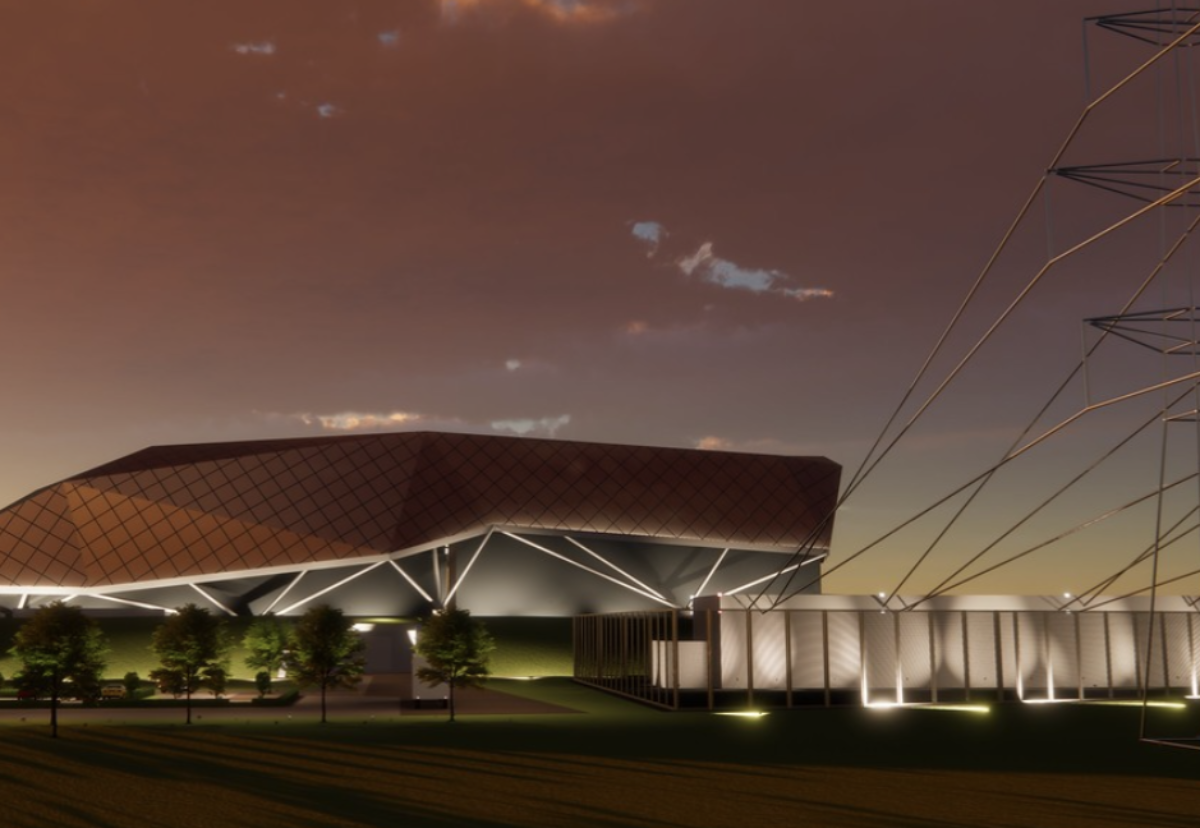


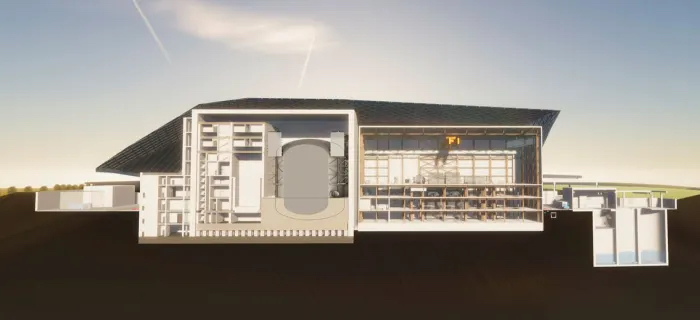

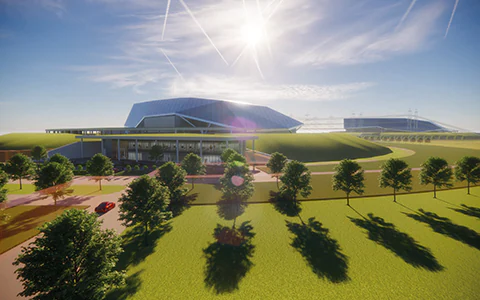














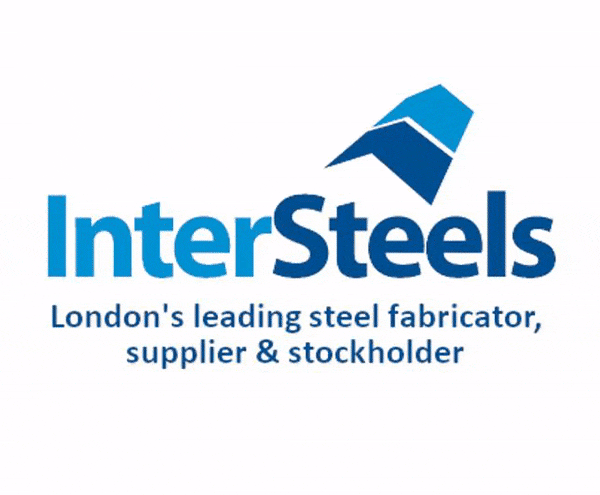







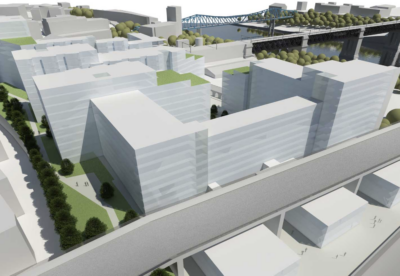

 MPU 300_250px.gif)








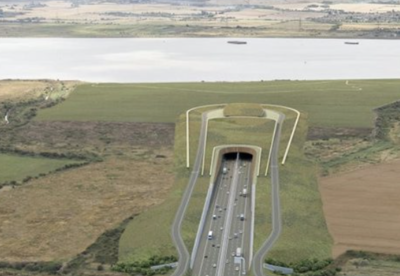
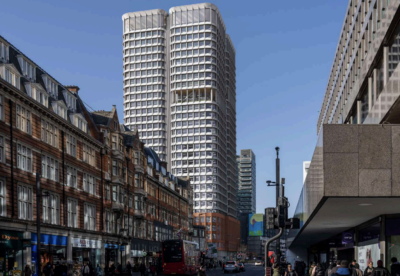






.gif)





